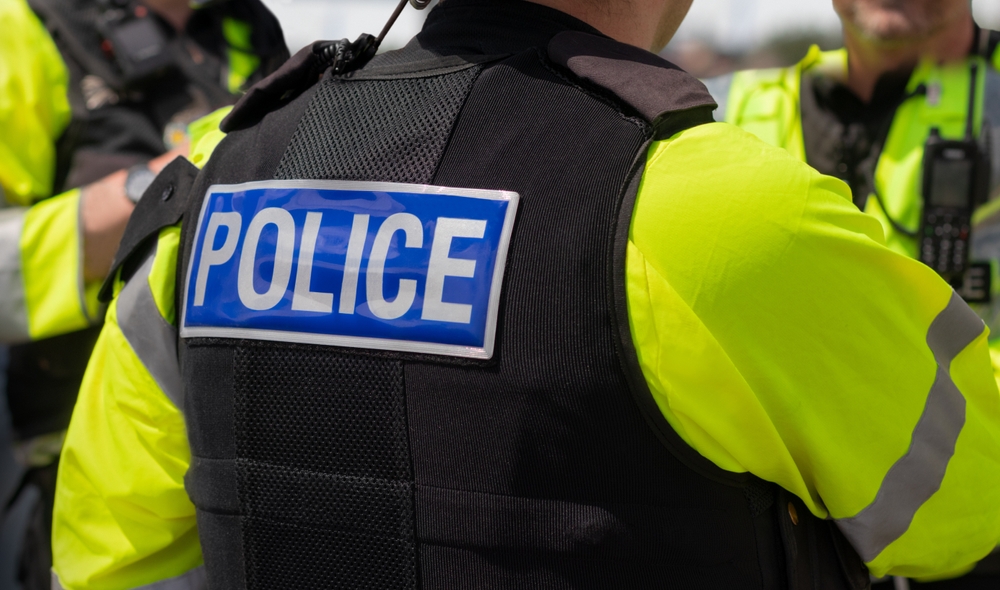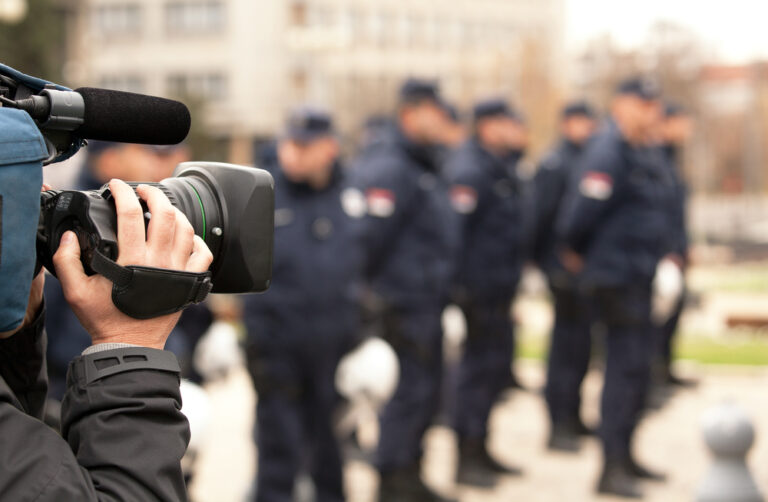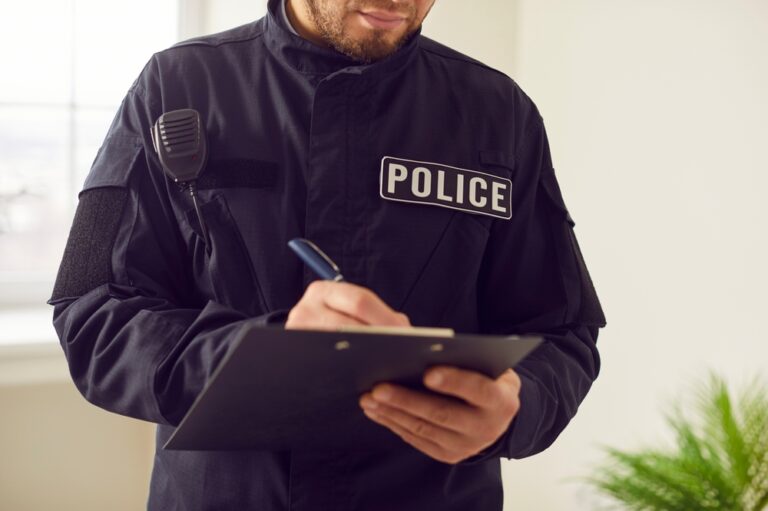
Police Tape 101: Everything You Need to Know
Police tape, commonly known as crime scene tape, is an important tool used by law enforcement to secure…

The police department is the central faction of civil services that ensures peace, stability, and safety.
It lowers the crime rate and instills fear of crime or indulgence in criminal activities by punishing the perpetrators.
Within police departments, there are a number of sub-units performing numerous duties.
These include undercover officers, crime patrol officers, foot versus motor officers, and many more, all working together to deter crime.
Lets have a look at what different types of police patrols that exists:
When asking, “What is considered the backbone of police work?” the answer is always patrol. What does it mean exactly?
Patrolling is one of the proactive strategies used by police, whether in a community environment or a peacekeeping mission, as a deterrent to crime.
Compared to domestic patrolling, patrolling in criminal hotspots requires a need to carry out more varied and proactive policing strategies.
Uniformed officers must be aware of the various types of patrols, including random patrols or preventive patrols, that they must conduct.
At the same time, they must also learn about the necessary precautions, measures, and preparations to take.
This way, they can maximize crime prevention, minimize the crime rate, and keep the city safe from suspicious activities or persons.
![Types of Police Patrol [Basic knowledge for police officers and cadets] 1 IMG 6648 1](https://foreverpolice.com/wp-content/uploads/IMG_6648-1-1280x1920.jpeg)
Police patrols are considered the backbone of police work.
Aggressive patrol strategies serve important crime prevention functions.
Essentially, the goal is to lower the concentration of crimes by increasing the possibility of arrests at crime scenes.
It also helps apprehend predatory crimes or suspicious persons, establishing a feeling of safety and well-being by producing law-abiding citizens.
Other advantages of patrolling include:
The city must have intensive patrolling and active police for the deterrence of crime.
Crimes patrol officers should be aware of what is happening in their patrol areas and citizen attitudes to look out for suspicious circumstances.
The police should concentrate their efforts on a limited number of suspects, empathize with crime victims, and use event analysis to implement crime prevention practices.
Moreover, police response times are crucial in emergencies.
Active patrol in crime hotspots and adopting aggressive patrol strategies can significantly improve the response time of a police mobile towards crime.
Active patrolling also paves the way to establish contacts between police and community-based organizations.
In turn, they can build interactive partnerships, exchange citizen complaints, develop crime prevention programs, and increase positive influence on citizens.
Patrols may be carried out in various ways, depending on the purpose, the location, and the available resources.
The following are some of the most common types of patrols:
The most successful method of interacting with the local populace is via foot patrols.
Except for long-distance foot patrols, which need more forethought and preparation, foot patrollers can only cover a limited area.
Essentially, that’s because they must return to their base at the end of the patrol.
Also, radio dependability and range should be considered when deciding how far to go on foot patrols.
![Types of Police Patrol [Basic knowledge for police officers and cadets] 2 IMG 6633 1](https://foreverpolice.com/wp-content/uploads/IMG_6633-1-1280x1920.jpeg)
Vehicle patrols allow crime patrol officers to cover a larger area.
However, unless they can stop and patrol for a portion of the route on foot, cops are limited to what they can observe from their car.
Where possible, a foot and mobile patrol is most successful when the unit can drive to an outlying town by car and then police the town on foot.
A mechanism for patrolling personnel to record where they stopped, whom they encountered, and what observations they made is critical for the commanding officer.
Because of the limited number of air facilities available, air patrols are less typical.
However, drones or helicopters can be deployed to cover the city streets and monitor the movement of people performing criminal activities.
Preventive patrols can be utilized on the coast or a major canal for various purposes, including preventing river-borne criminal activities or piracy.
Crime deterrence is one of the major goals of any police department.
To achieve that goal, crime patrol officers employ three major patrol methods: gut-based, predictive, and hotspot.
The term “gut-based patrol” refers to a police officer’s decision-making process based on their intuition and previous experience.
According to the golden rule of patrolling, you should never do the same thing more than once. If you turn left one day, you should turn right the next.
Officers employ this method to avoid negative perceptions from the community that they are following a fad.
Gut-based patrol officers are increasingly expected to accept responsibility for their own actions.
They rely on their own perceptions and opinions rather than hard data, which opens the door to bias and inaccuracy.
There is no way to hold the police accountable or audit their actions since they make their own subjective decisions.
To build a police presence and meet citizen requests and complaints on time, the police department uses data from recent crimes.
They also take crime control initiatives and predict future crime locations.
This method relies on arrests for small violations like drug possessions and disorderly behaviors, which is an excellent place to look out for potential perpetrators.
However, proactive patrolling is often obscured since no laws regulate police oversaturation in an area.
Hotspot analysis is a final resort for determining where the police should concentrate their efforts.
Similarities and differences may be found between predictive policing and hotspot analysis.
In the case of hotspot patrolling, a more generic area is patrolled since the hazard assessments are less specific.
Patrol plans aren’t updated every day but every few weeks or months, depending on the situation.
Patrolling is considered the backbone of police work, given the size of the patrol department and the role it plays in ensuring crime prevention.
Such patrols ensure that the crime is tackled, deterred, or prevented by establishing an active police presence in the city.
Apart from the impact on crime, another advantage of patrol is that it enhances the feelings of public safety.
Not only does the public know there are available officers to help them when necessary, but they will also feel that the city is working for their best interest.

Police tape, commonly known as crime scene tape, is an important tool used by law enforcement to secure…

The police are called daily regarding various incidents of public interest. It is our responsibility to provide the…

Many police officers experience terrible, traumatic events in the line of duty. A significant number of police officers…